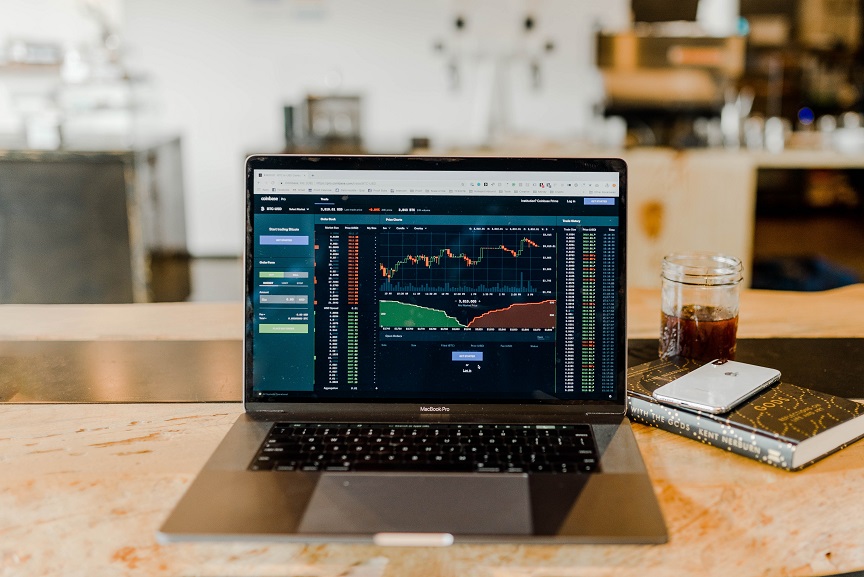How to Buy and Sell Stocks
For many interested in growing their wealth they look to the stock market. The first question anyone new to the stock market may ask themselves is how do I purchase a stock? Well look no further, we have all the details on how to buy and sell stocks and what types of orders you can use to buy and sell! This post describes the most common ways to buy and sell securities (stocks/ETFs) which include: market orders, limit orders, stop-loss order, and stop-limit orders.
How to Buy and Sell Stocks: Market Order
First, the most simple is the Market Order. It is an order to buy or sell a security immediately. A market order will guarantee that the order will be executed, but it does not guarantee a price. Examples:
- A Market Buy Order: You place this order when you are purchasing a security and you will generally execute at the current “ask” price.
- A Market Sell Order: You place this order when you are selling a security and you will generally execute at the current “bid” price.
The latest price (current price) of the security may not be the price a market order executes. It is more based on the ask and bid price at the time you place your order, but you know that your order will be executed.
How to Buy and Sell Stocks: Limit Order
Next we have a Limit Order. This is an order to buy or sell a security at a specific price or better. Examples:
- A Limit Buy Order: You place a limit buy order at $10. You will purchase the security if the price of the security is at or below $10. The order will be pending until the security is purchased or the order is cancelled by expiration or manually.
- A Limit Sell Order: You place a limit sell at $20. You will sell your security if the price of it is at or above $20. The order will be pending until the security is sold or the order is cancelled by expiration or manually.
Unlike the Market Order, the Limit Order is not guaranteed to execute. The security price must hit the set limit or better to execute which may take multiple days to months.

How to Buy and Sell Stocks: Stop-Loss Order
Another order type is the Stop-Loss Order. With this order you can buy or sell a security once the price of the security reaches the specified price, known as the stop price. Then once the stop price is reached, a stop order becomes a market order. Examples:
- A Stop-Loss Buy Order: You set your Stop Price above the current price of the security and then once the security hits that price you set, it converts your order into a market order explained above.
- A Stop Loss Sell Order: You set your Stop Price below the current price of the security and then once the security hits that price you set, it converts your order into a market sell explained above.
How to Buy and Sell Stocks: Stop-Limit Order
Finally the last order type is the Stop-Limit Order. With this order you can buy or sell a security once the price of the security reaches the specified price, known as the stop price. Then once the stop price is reached, the order becomes a limit order. Examples:
- A Stop-Limit Buy Order: You set your Stop Price above the current price of the security and then you set the Limit Price which is the maximum price you are willing to pay for the security. Then once the security hits that stop price that you set, it converts your order into a limit buy order at the limit price you specified (limit order explained above.)
- A Stop-Limit Sell Order: You set your Stop Price below the current price of the security and then you set the Limit Price which is the minimum price you are willing sell the security at. Then once the security hits that stop price that you set, it converts your order into a limit sell order at the limit price you specified (limit order explained above.)
How to Buy and Sell Stocks: You have the Knowledge!
Now you that know different types of orders you can combine them with the YP Top Stocks page and the YP Point ad Figure Chart to set orders to buy or sell on the chart buy or sell signals! Utilize these buy and sell choices to your advantage in any investment strategy. Good luck on your investments!
